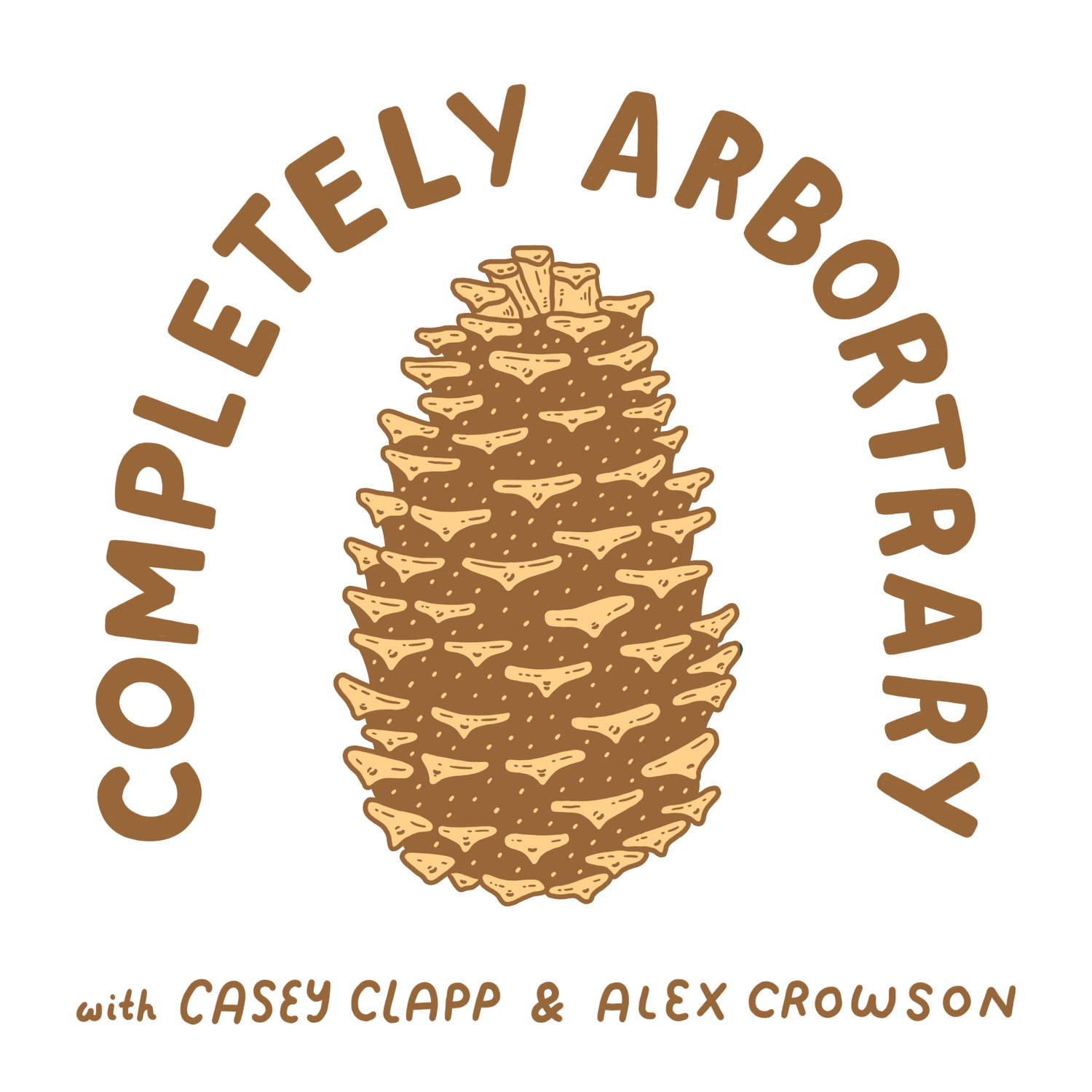STREET TREE MANIFESTO (EUROPEAN HORNBEAM)
This week we're takin’ it to the streets to discuss the European Hornbeam (Carpinus betulus). This unsung hero of urban forests can take a beating, be it from delivery truck or poor soil conditions. But it keeps on growing, proving its worth as purveyor of ecosystem services and city tree extraordinaire. Like the old addage goes, ‘All work and no play makes hornbeam an invaluable resource in modern urban forests.’
European Hornbeam
(Carpinus betulus)
Some trees are all work and no play. These are the sort that may not inspire great works of art or stop the presses with their spectacular seasonal display, but rather the sort that blend into the landscape around them. They aren’t eye-catching, but if they were taken away things would likely feel off, abnormal, and uncomfortable. These trees are responsible for making most people’s daily lives far more enjoyable than they often get credit for, and their importance to our well-being cannot be overstated.
These dedicated civil servants are street trees, and no street tree collection in the northern hemisphere is complete without the European hornbeam.
The European hornbeam (Carpinus betulus) is one of the most common members of the cast of characters in a temperate urban forest today. Historically, these European forest trees would be grown in hedgerows and act as windbreaks and delineators of land. Over time, they moved from wild rural spaces to classical gardens being grown and sculped into massive green hedges. They were the perfect tree for such applications as they weren’t too fussy about anything. European hornbeams would grow just about anywhere, and they would do it happily.
As cities transitioned from wild, abstract settlements to designed and planned spaces, the hornbeam came along for the ride. They were planted in allées along lanes and roads, and they seemed to have a unique ability to successfully grow in such unnatural conditions, and thus their popularity grew. Fast forward to today, and the European hornbeam has spread across oceans and is thriving in its role as street tree extraordinaire.
Originally the planting of trees along streets was simply an act of beautification. Often it made muddy, smelly streets and thoroughfares more park-like; they were nice to have around. This began to change however as street tree planting expanded and became more normalized, and people started to feel that trees offered more to their cities and neighborhoods than mere aesthetics. Couple this with the burgeoning field of urban forestry, and you get scientists and urban planners, landscape architects and economists looking into what these trees provide to a city and its citizens. What they found began to change the way we see street trees. What they found was urban ecosystem services.
Broadly speaking, ecosystem services are those things that our environment naturally does which have positive impacts on our health or wellbeing. These can include cleaning our water and air, providing habitat for other animals, and cooling our local atmosphere. But they can also include less tangible things, like reducing stress and increasing happiness, raising property values, and increasing the sense of place in a neighborhood. Ecosystem services are one of the most important things lost as a landscape transitions from wild to rural to urban.
In light of the loss of these beneficial services through urbanization, street trees are no longer just a nice thing to have around: pretty, but ultimately unnecessary. Today, street trees are seen and managed as important components of the urban infrastructure system. They are green infrastructure. And the European hornbeam specifically is a leader in its field. Few other trees provide us with such benefit while dealing so elegantly with some of the harshest, most unnatural environments. Whether it’s a delivery truck or horrific soil conditions in an urban heat island, the European hornbeam simply smiles and continues its work, right under our noses. Or perhaps more accurately, just above them.
Completely Arbortrary is produced and hosted by Casey Clapp and Alex Crowson
Support the pod and become a Treemium Member
Follow along on Instagram
Find Arbortrary merch on our store
Cover art by Jillian Barthold
Music by Aves and The Mini-Vandals
Episode cover photo by Plant Image Library
Additional Reading:
The European Hornbeam (Carpinus betulus)
The European formal hedge
Be cool in the city

